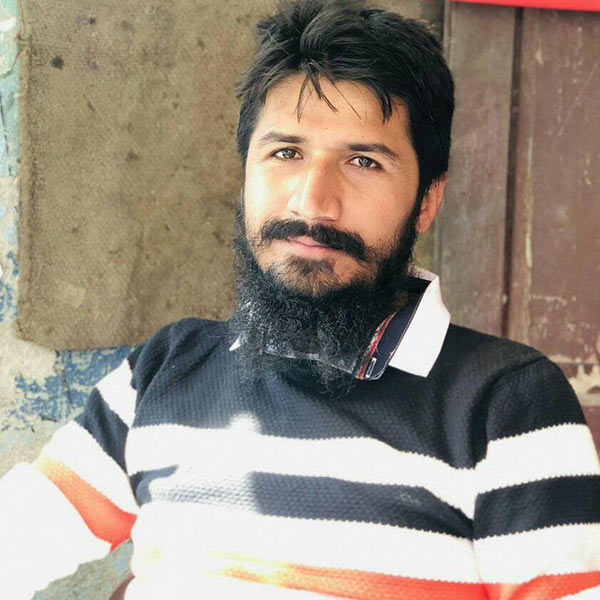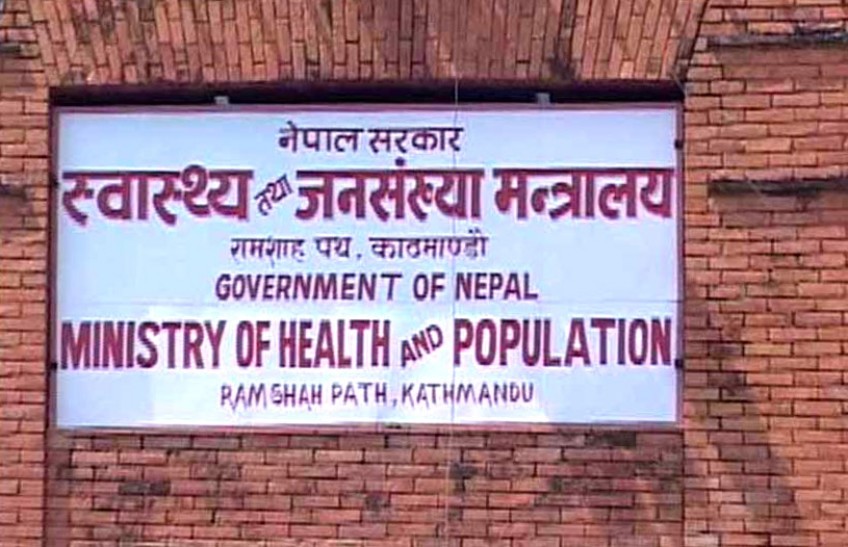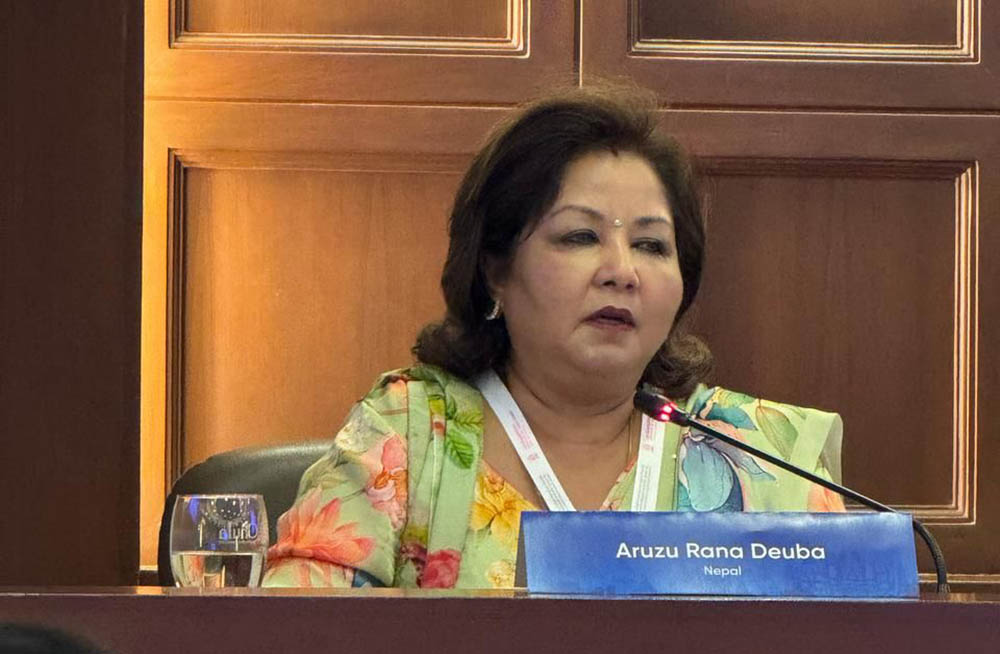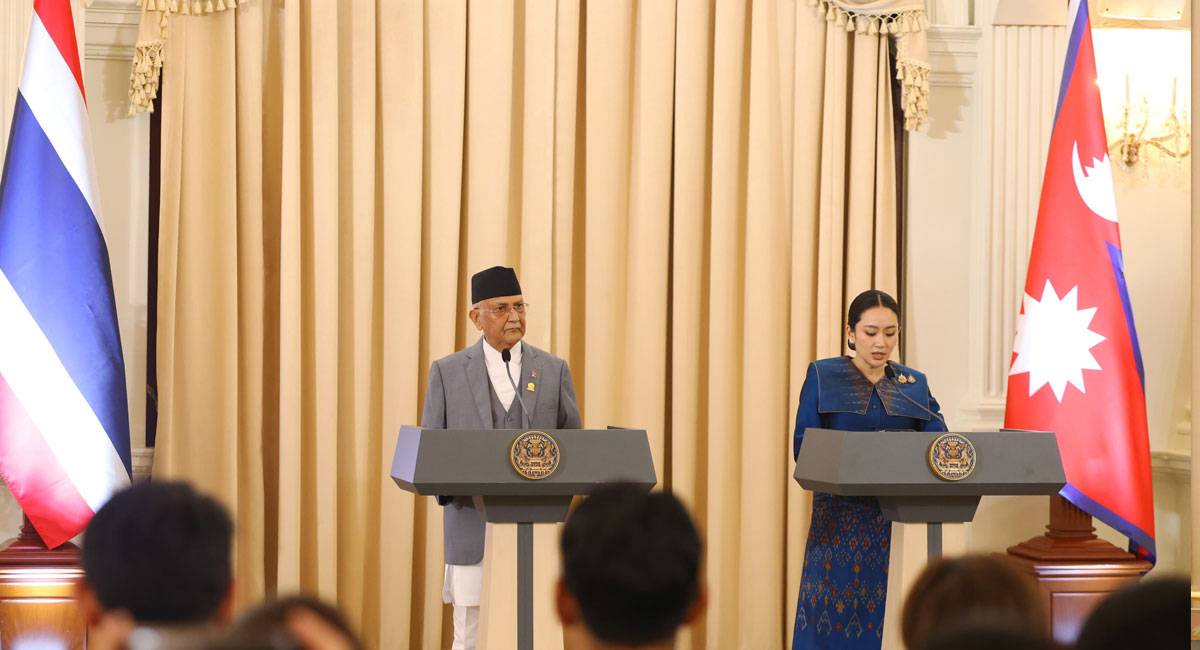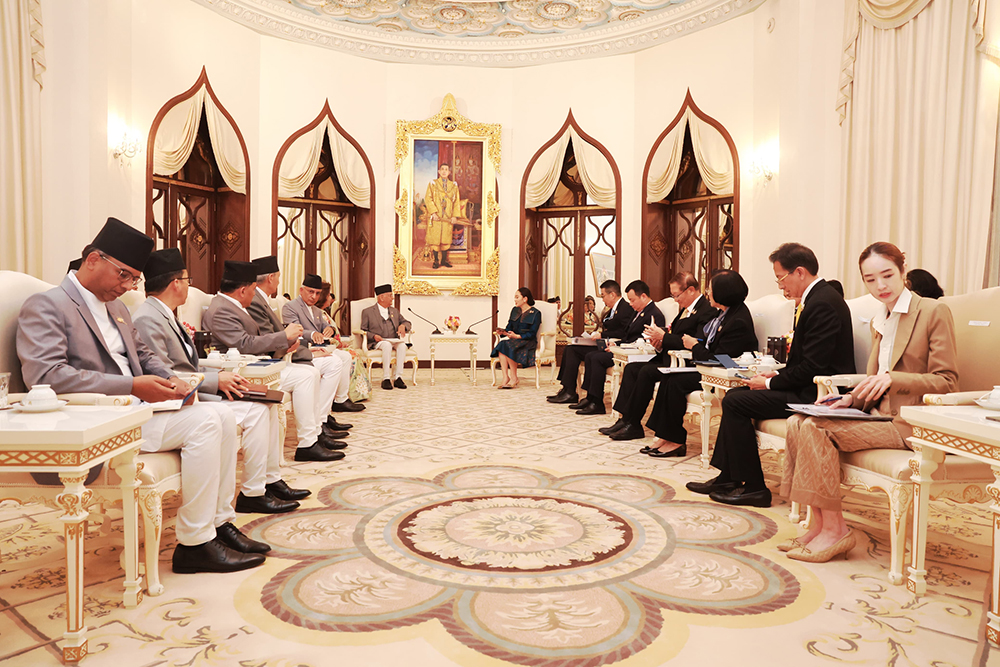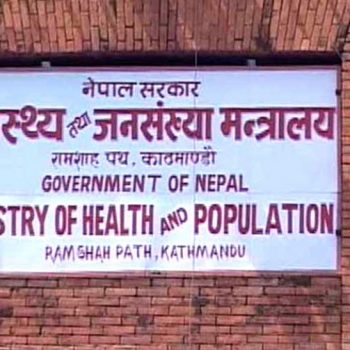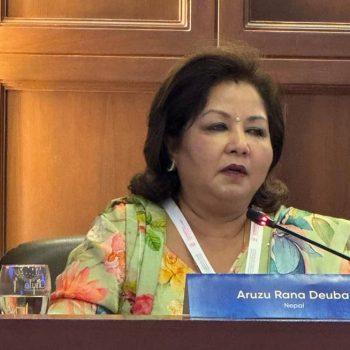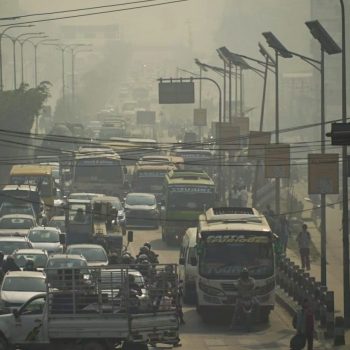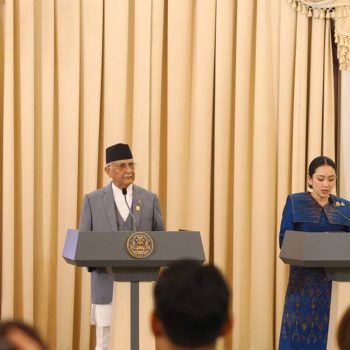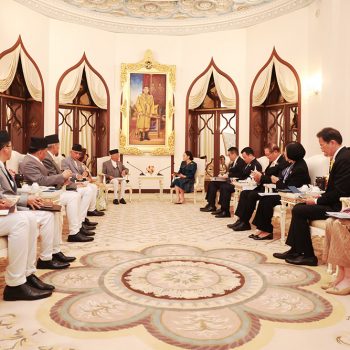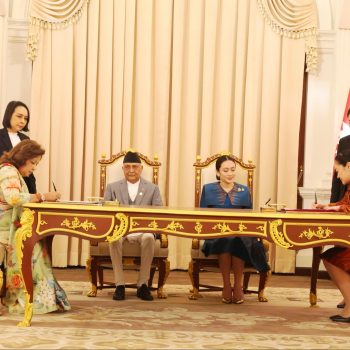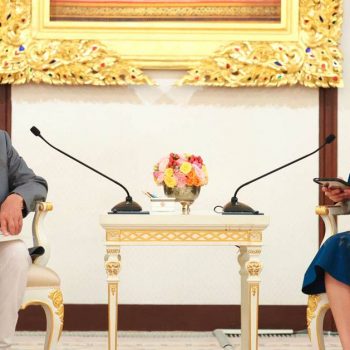What is UN Summit of the Future and why it matters to Nepal?
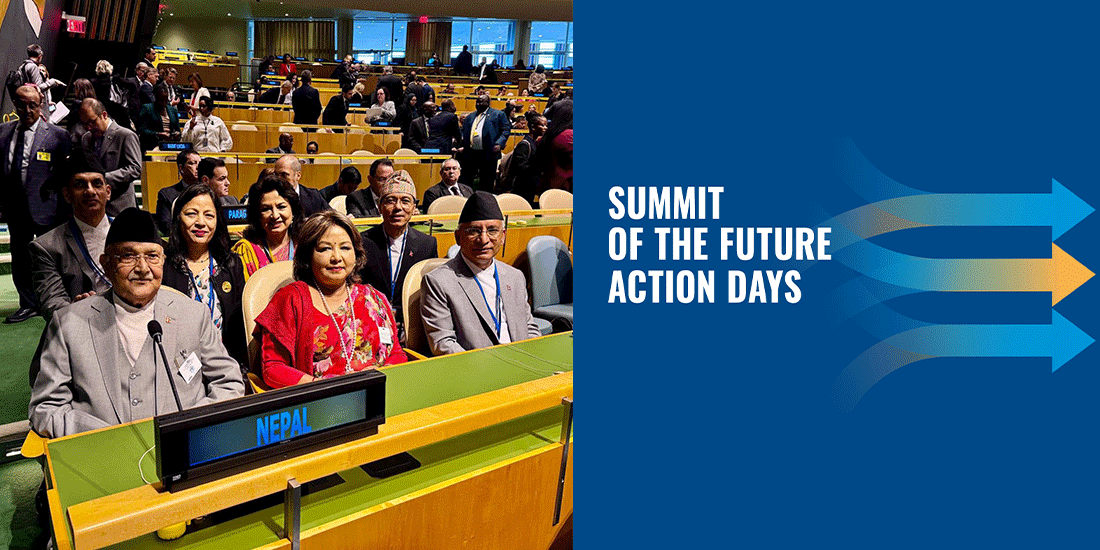
KATHMANDU: As the UN gears up for the UN Summit of the Future at UN headquarters in New York, its positive buzz is already felt in Nepal’s physical and digital domains. Nepal’s stakeholders and experts are talking about it.
Nepal’s Foreign Minister, Dr. Arju Rana Deuba, recently tweeted a group photo with Prime Minister KP Sharma Oli, Foreign Secretary Sewa Lamsal, among others, at the UN hall. She captioned, “Attending the Summit for the Future at the UN headquarters in New York with the Nepal delegation. Eager for pivotal discussion on building a more sustainable, equitable and secure future for all.” This gathered national limelight in Nepal, and people started talking about this event both on social media and in informal physical gatherings. This explainer aims to answer some common queries about this one-of-a-kind UN gathering.
What is the immediate background of the UN Summit of the Future?
After a half-decade since the Paris Agreement of 2015, a science fiction novel written for public and planetary justice was unveiled in October 2020. Authored by Kim Stanley Robinson, The Ministry for the Future is about climate change impacts using fictional characters. It is one of the favorite books of many world leaders, including former US President Barack Obama. Influenced by this novel, an organization named the Ministry for the Future convinced leaders from the banking and economic world to devise policies for climate justice and a global green economy.
What is the UN Summit of the Future?
The UN Summit of the Future is a rare gathering anchored by the United Nations under the leadership of Secretary-General António Guterres. It is a serious gathering with pressing concerns of the people and planet focusing on the wellbeing of the future generations. This program is divided into two categories: ‘Action Days,’ which happens from 20 to 21 September, and the ‘Summit,’ which runs from 22 to 23 September. It is a gathering seeking unanimous global consensus on justice to the people and the planet from people in the power.
To attend this gathering world leaders have gathered from all around the world. According to the UN, these leaders adopt a Pact for future that ‘includes a Global Digital Compact and a Declaration on Future Generations’. UN says the Pact covers ‘a broad range of themes including peace and security, sustainable development, climate change, digital cooperation, human rights, gender, youth and future generations, and the transformation of global governance.’
What are the world leaders talking about?
During the Action Days discussions from 20 to 21 September, many leaders voiced their concerns.
On the concluding day of the Action Days, UN Secretary-General António Guterres stressed the need for an impactful and inclusive approach. He said, “Our objective is to ensure that global institutions are truly fit for purpose—more inclusive, more effective, and more attuned to the needs of the people they serve.”
Nepal’s Prime Minister KP Sharma Oli chaired an interactive dialogue themed, “Transforming Global Governance and Turbocharging the Implementation of the 2030 Agenda for Sustainable Development.” PM Oli invited world leaders to Nepal’s signature climate forum, ‘Sagarmatha Sambaad.’ He also spoke about ending the pressing planetary problem of poverty. He said, “Millions of children in LDCs go hungry every day, deprived of their basic rights to food and education.”
Why does the Summit of the Future matter to Nepal?
Since 14 December 1955, Nepal has been an integral part of the United Nations. As a two-time elected member of the Security Council and chair of various UN groupings at different times, Nepal has a lot to gain from this Summit of the Future. As of 31 July, Nepal is the number one contributor of UN blue helmets, with 6,119 peacekeeping personnel in various countries and continents.
Nepal has critical issues related to climate change, which is one of the major agendas at the summit. According to an article titled ‘Aligning Sovereign Debt Financing with Climate Action in the Asia-Pacific Region,” authored by Manuel F. Montes for the UNDP book The Great Upheaval published by Cambridge University Press, USA, Nepal’s climate change impact on GDP from 2040 to 2059 is projected to be -31.08 percent, which is alarming. Plus, the article says Nepal is one of the five countries ‘most vulnerable to climate change.’
This means Nepal’s major concern for climate change is not just about diplomatic issue, it is also an issue of survival. And, UN Secretary General Antonio Guterres knew some sense on it. During his Nepal visit, he video-addressed to the world from Nepal Everest region on 30 October 2023, ”I am in Nepal to send a message to the world. The rooftops of the world are caving in. This tragedy is unfolding in two perilous chapters. Phase one is the story of melting glaciers and ice sheets. Record temperatures mean record glacier melt. Nepal has lost close to one-third of its ice in just over the last thirty years. Melting glaciers mean swollen lakes and rivers, flooding and sweeping away entire communities.”


